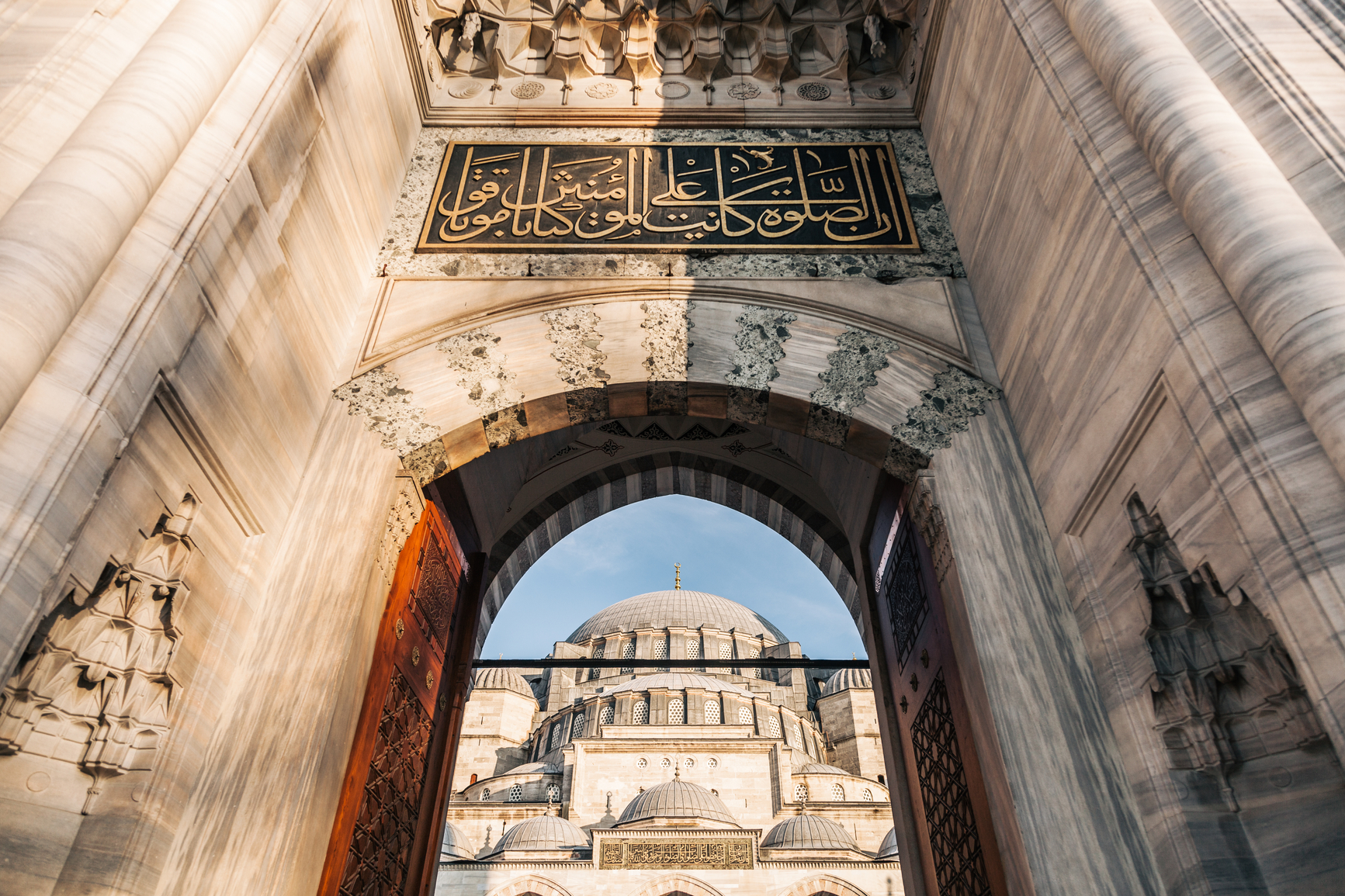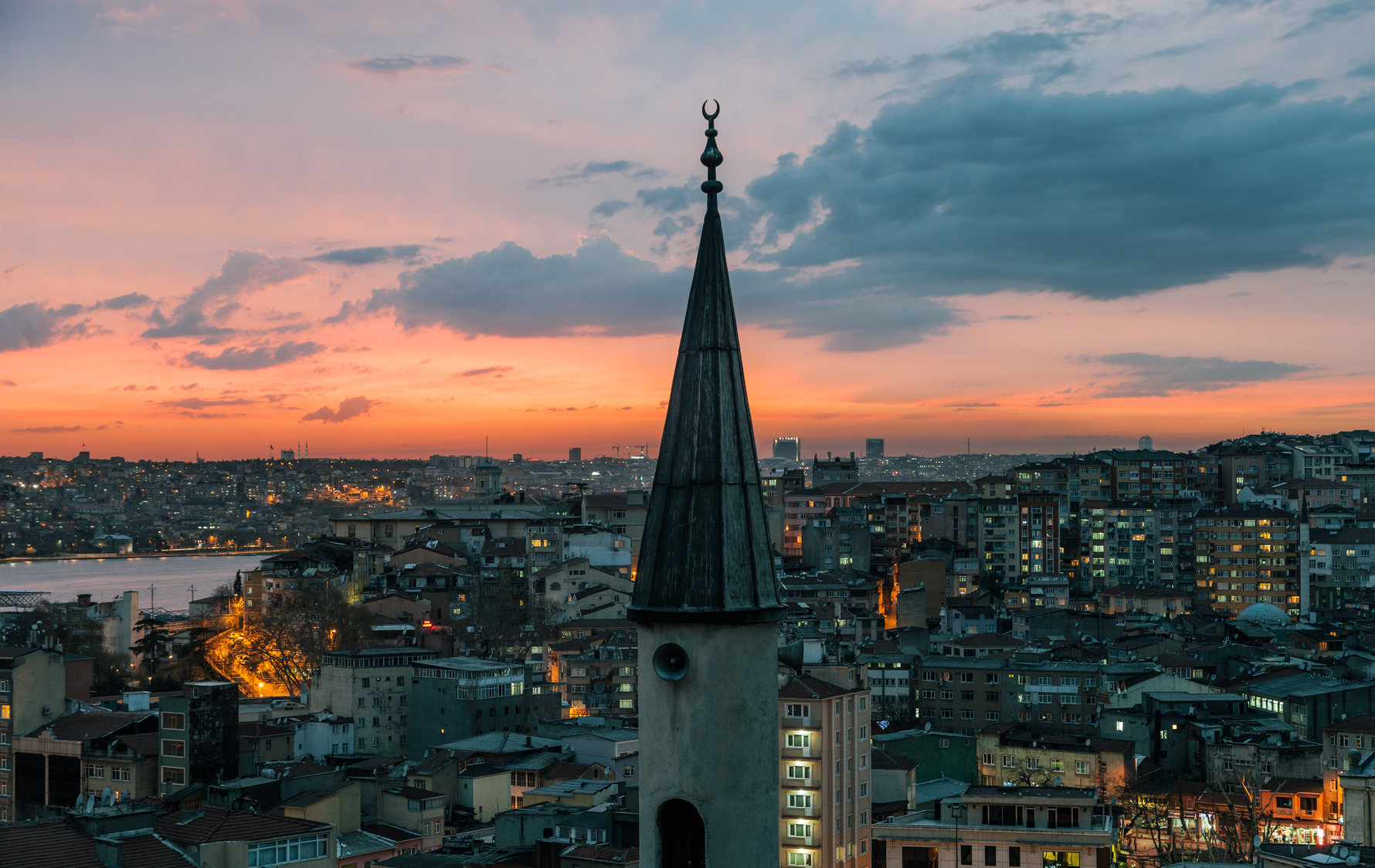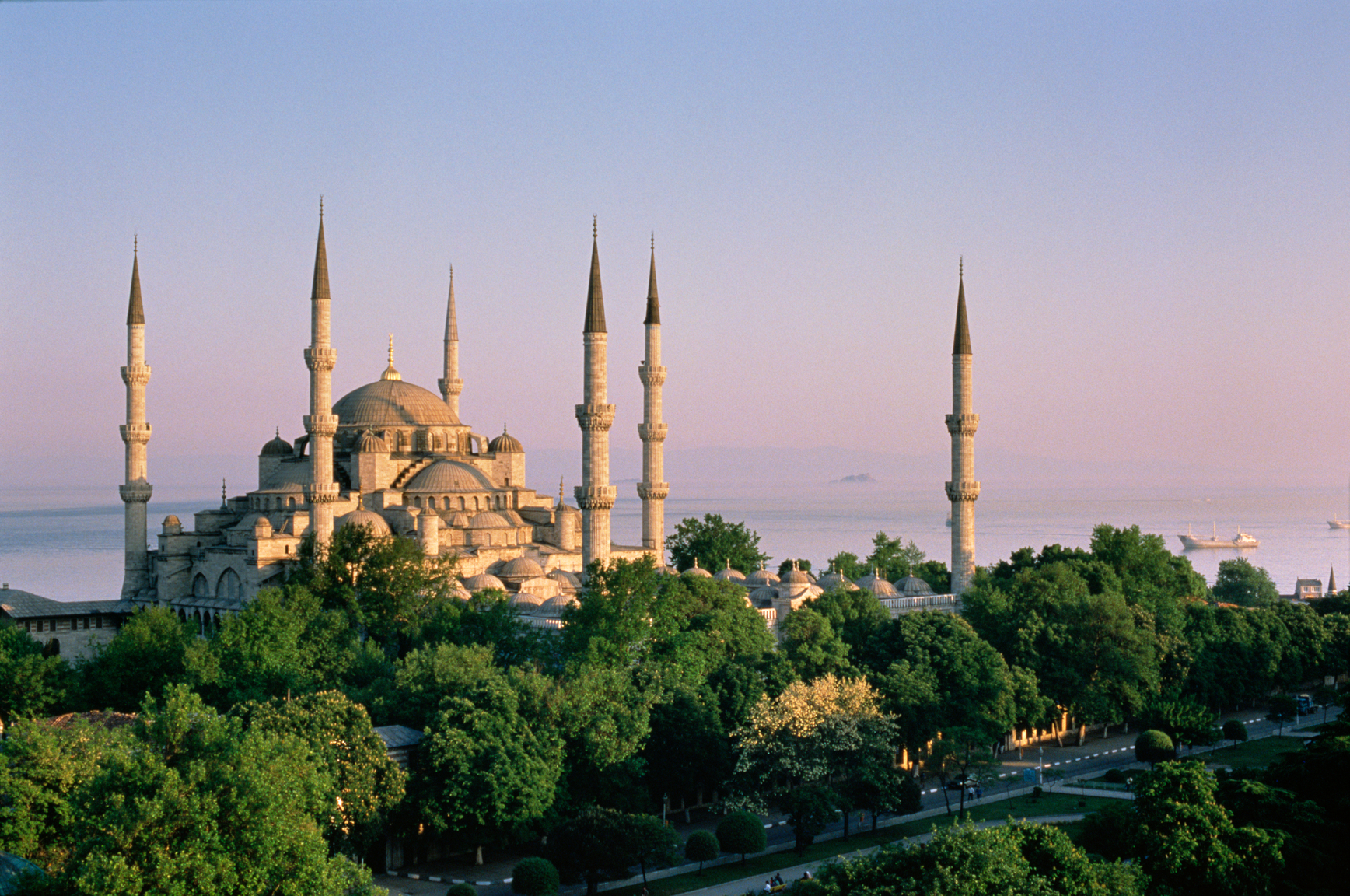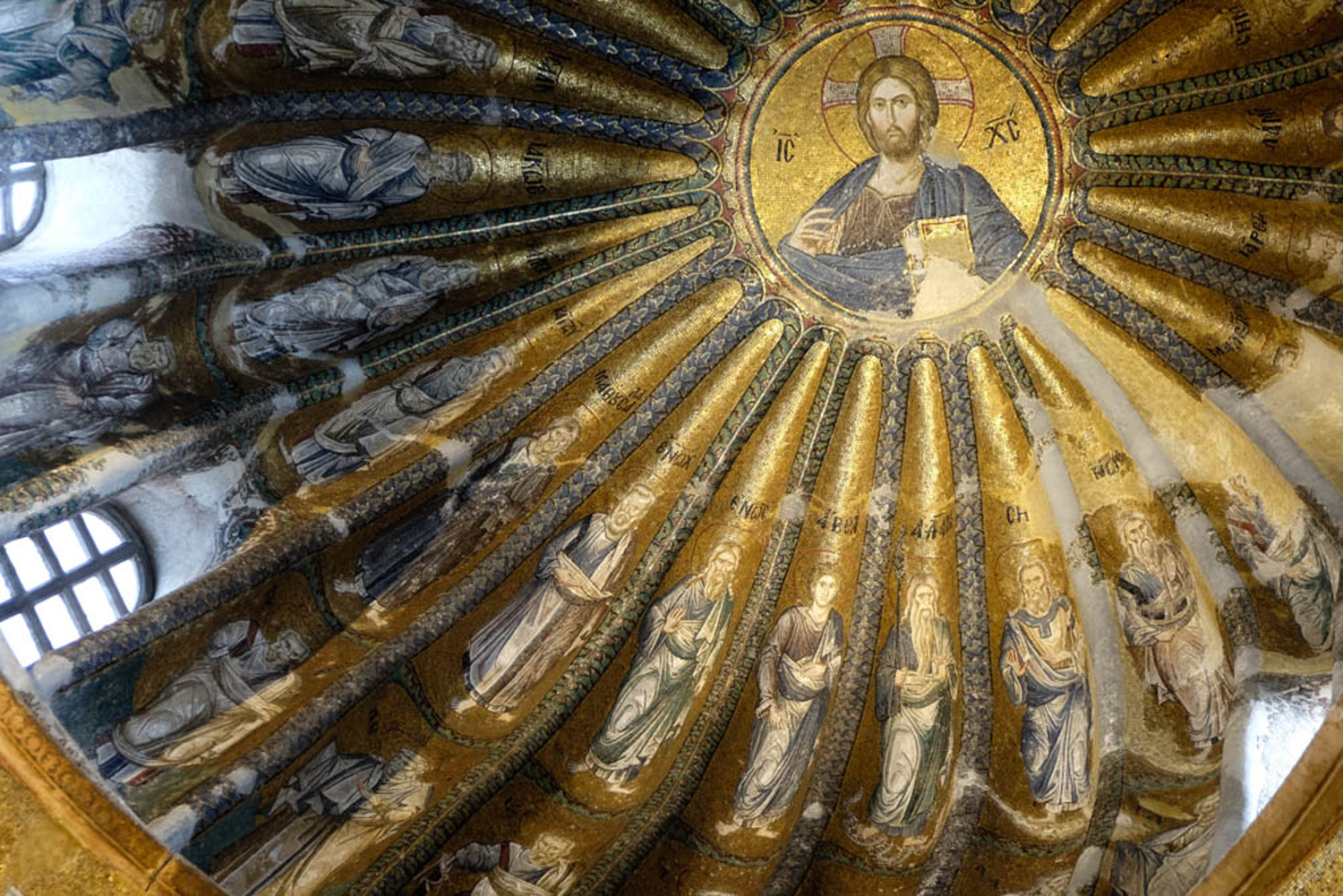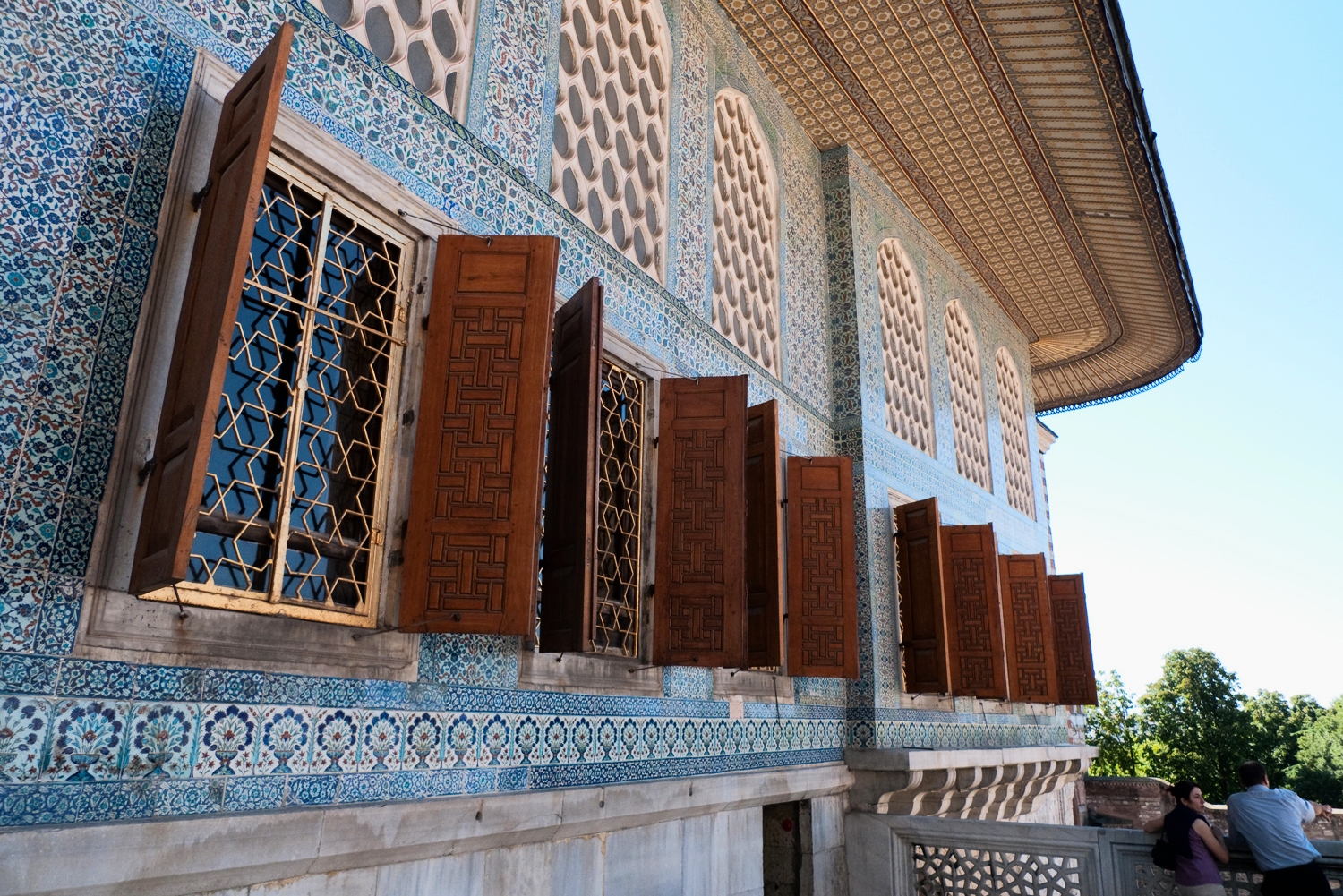In the past 2,600 years, Istanbul has seen empires rise and fall, has been ransacked and changed names, has burnt down and been rebuilt. A city seemingly impervious to time, Istanbul never fails to enchant those who pass through her labyrinthine streets.
From imposing monuments like Hagia Sophia down to the neglected corners of ancient neighborhoods, Istanbul’s endless layers contain tremendous historical significance alongside the bustling urban lifestyle of Europe’s largest metropolis. Both undervalued and highly cherished, melancholic and lively, Istanbul is an experience not to be missed.
We recommend spending at least 3 days in Istanbul, in order to wander beyond the highlights of the Historical Peninsula and fully grasp the magnitude and magic of the city.
HISTORICAL PENINSULA - SULTANAHMET
Istanbul’s Historical Peninsula was the seat of multiple empires, the traces of which continue to dominate the skyline. Hagia Sophia, humbling visitors and worshippers for nearly 1,500 years, is flanked on one side by the magnificent Blue Mosque and the other by Topkapi Palace, the headquarters of the Ottoman Empire. As if that weren’t enough, the Basilica Cistern, the Archeological Museum, the Grand Bazaar, and Sulemaniye Mosque are also in walking distance.
Just down the hill, by the shores of the Golden Horn, lies the market district of Eminonu and the Spice Bazaar. A walk through the backstreets of the timeworn neighborhoods of Fener and Balat will reveal relics of Istanbul’s complex and colorful history, and the footprints left behind by Greek, Armenian and Jewish communities over the centuries.
BEYOGLU
Across the Golden Horn from the Historical Peninsula lies Beyoglu, the artistic and cultural center of the city since the 19th century. Beyoglu boasts some of the city’s grandest hotels and most lively nightlife districts, myriad rooftop venues with sweeping views, and a vibrant restaurant scene. The neighborhood of Galata has a distinctly bohemian vibe; boutiques and music shops line the tangled streets, while cafe crowds sip Turkish coffee in the shadow of the medieval Galata Tower. Along the banks of the Bosphorus, in the rapidly gentrifying neighborhood of Karakoy, new restaurants, bars, and hotels catering to a young and international crowd are cropping up steadily.
THE BOSPHORUS
According to the Istanbullus, the Bosphorus air is a cure for all ailments and troubles. It is not just the strait that separates the European and Asian sides of the city, but the lifeblood of the city and all those who inhabit it. The ferries that zigzag across the Bosphorus from the Golden Horn to the mouths of the Marmara and Black Seas are the unofficial symbol of the city. To cruise between and visit diverse Bosphorus-side neighborhoods is crucial to experiencing the essence of Istanbul. In Ortakoy, dine in a waterfront cafe with views of the Bosphorus Bridge and shop the street stalls. Have the full spread of a Turkish breakfast in Rumeli Hisari before climbing to the top of a monumental Ottoman fortress. Wander the charming side streets of Kuzguncuk and visit historical Armenian churches. Above all, be sure to inhale deeply while crossing between the East and the West.
THE ASIAN SIDE
The Asian side of Istanbul is far less visited by tourists, but this only means that there are fewer tchotchke shops, and no less charm. Kadikoy is the nerve center, a hub for ferries, bustling markets, and thriving nightlife. The neighborhood of Moda has long been favored by intellectual and artistic types for its shops and cafes, and the tree-lined Bagdat Caddesi is perhaps the most luxurious shopping district in the city.
PRINCES’ ISLANDS
The Princes’ Islands are an archipelago that, while only a short ferry ride from the city proper, feel a world away. With only horse-drawn phaeton carriages for transportation, it is as if the islands are suspended in another time.
As the population of the islands was historically made up of mostly ethnic minorities like Greeks and Armenians, the heritage of these communities is more evident than in other parts of the city. Each island has it’s own particular highlights, whether it be the elegant architecture of stately homes, secluded beaches, hilltop monasteries, or seafood restaurants with panoramic views.


